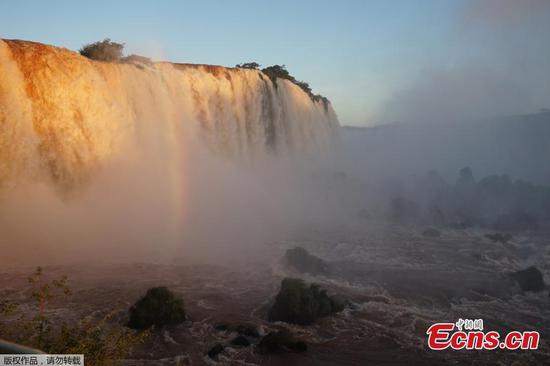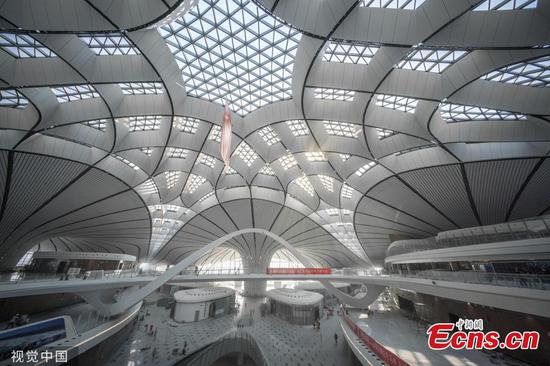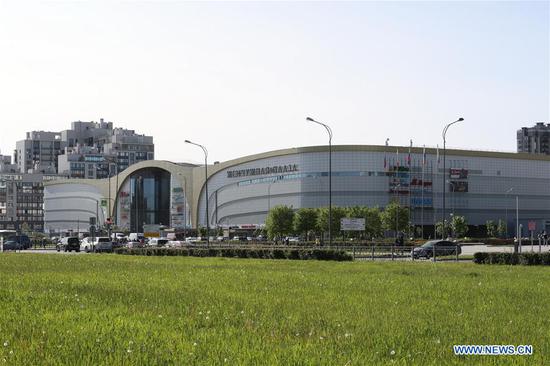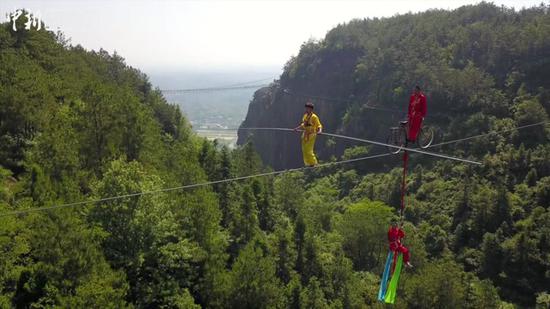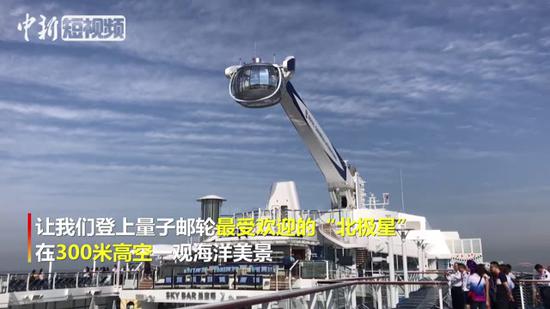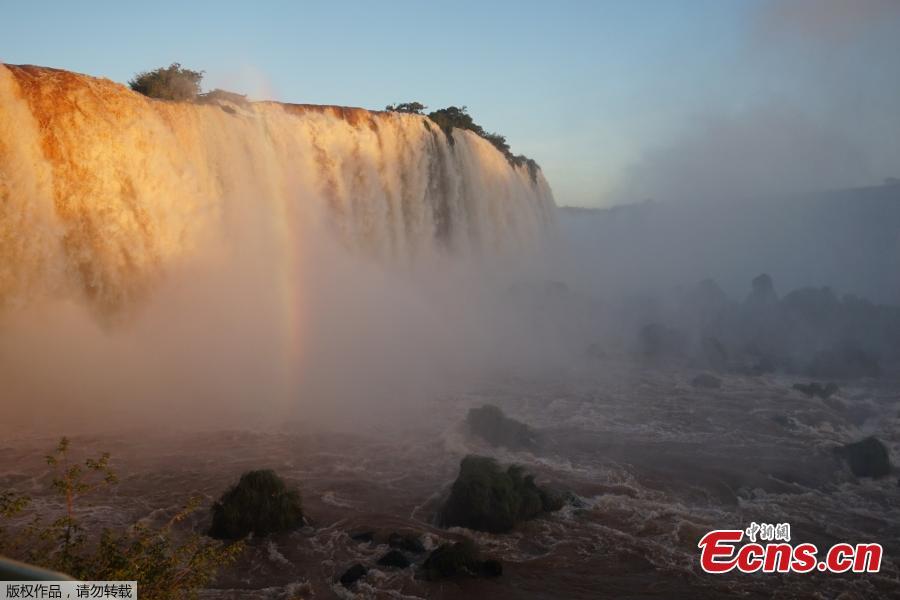
Picture of the Iguacu falls -considered as one of the largest waterfalls in the world- as seen from the Brazilian side on the border with Argentina, near Foz do Iguacu, on June 4, 2019. The quantity of water falling from the Iguacu falls at the border between Argentina and Brazil has doubled these last few days following heavy rains in the region. While the average flow rate of the falls is usually 1,5 million liters of water per second, the currently rate is at 3 million. (Photo/Agencies)
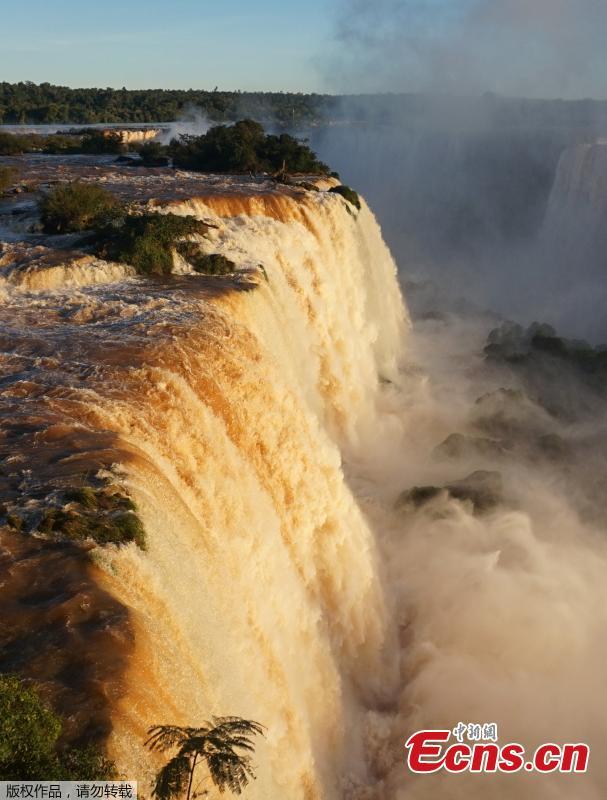
Picture of the Iguacu falls -considered as one of the largest waterfalls in the world- as seen from the Brazilian side on the border with Argentina, near Foz do Iguacu, on June 4, 2019. The quantity of water falling from the Iguacu falls at the border between Argentina and Brazil has doubled these last few days following heavy rains in the region. While the average flow rate of the falls is usually 1,5 million liters of water per second, the currently rate is at 3 million. (Photo/Agencies)
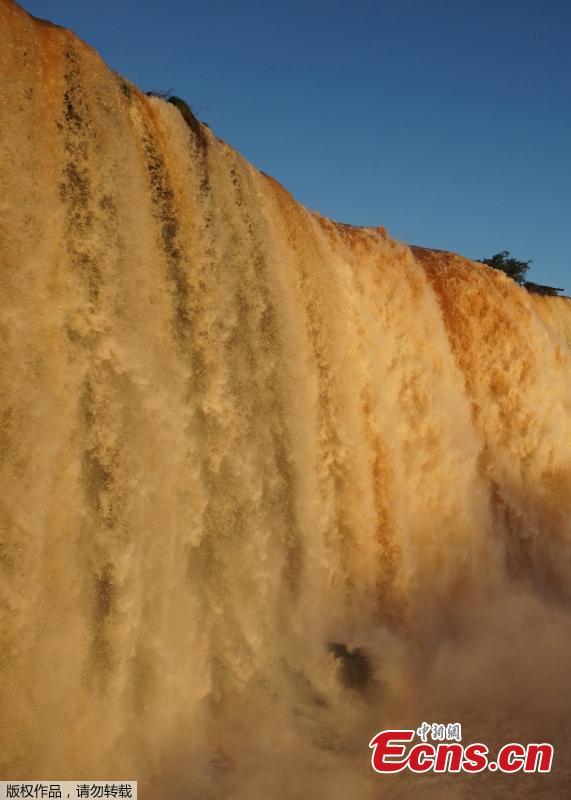
Picture of the Iguacu falls -considered as one of the largest waterfalls in the world- as seen from the Brazilian side on the border with Argentina, near Foz do Iguacu, on June 4, 2019. The quantity of water falling from the Iguacu falls at the border between Argentina and Brazil has doubled these last few days following heavy rains in the region. While the average flow rate of the falls is usually 1,5 million liters of water per second, the currently rate is at 3 million. (Photo/Agencies)
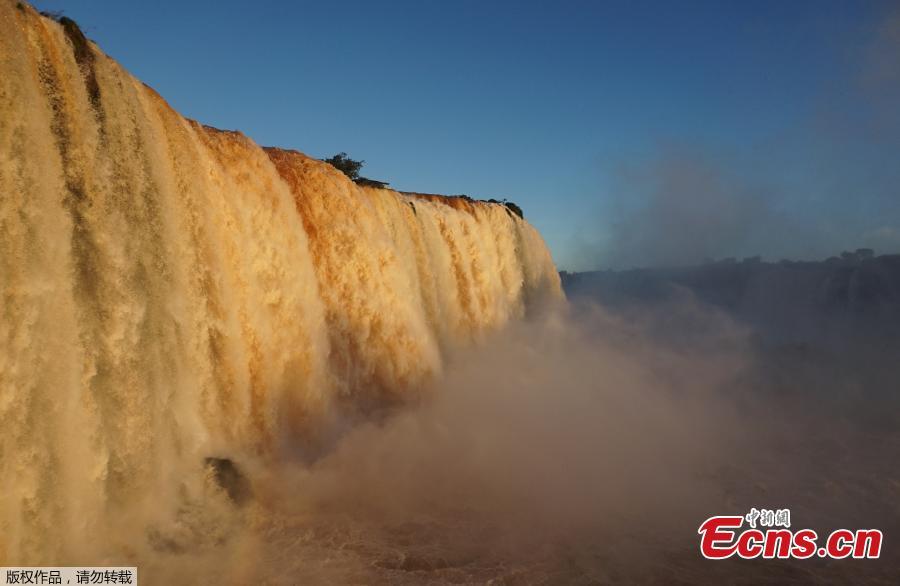
Picture of the Iguacu falls -considered as one of the largest waterfalls in the world- as seen from the Brazilian side on the border with Argentina, near Foz do Iguacu, on June 4, 2019. The quantity of water falling from the Iguacu falls at the border between Argentina and Brazil has doubled these last few days following heavy rains in the region. While the average flow rate of the falls is usually 1,5 million liters of water per second, the currently rate is at 3 million. (Photo/Agencies)










